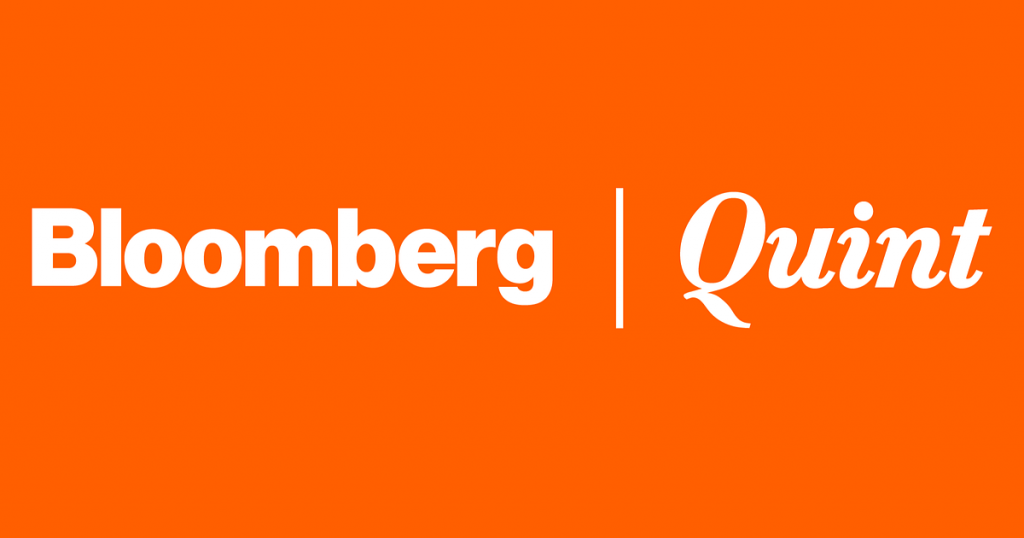(Bloomberg) — Samsung Electronics Co. launched its lineup of consumer devices for the latter half of the year Wednesday, positioning its new Galaxy Z Flip 3 as a direct rival to Apple Inc.’s upcoming iPhone release.
The 5G-capable, Android-powered device dramatically lowers the entry price for the foldables category, coming in at $999 after its predecessor had cost $1,449 at launch. Flanked by a new Galaxy Z Fold 3 costing $1,799, a Galaxy Watch 4 at $249 and Galaxy Buds 2 at $149, the Flip 3 will be Samsung’s star attraction in the fall, with the company omitting its usual launch of a Galaxy Note device in the summer. The larger Fold 3 will be capable of using a stylus, effectively supplanting the Note’s position in the company’s premium range.
Samsung committed to “a full-scale flagship marketing” blitz for its foldables this year during its most recent earnings call. The Suwon-based company has invested heavily in developing the flexible displays, custom-designed hinges and other adaptations required to produce durable foldable gadgets, and with its third generation it’s seeking to capitalize on that advantage.
“The market demand for foldable smartphones is growing exponentially,” Samsung said in a statement, citing analyst forecasts projecting a tripling of sales to 6.5 million units. “Samsung will be the leading and foremost provider, driving the market demand. We anticipate this generation of foldables will be our best-selling yet.”
Samsung is hoping to steal a march on the competition by popularizing a device category that’s been plagued by technical problems and consumer ambivalence given the high price tags. The world’s largest smartphone maker is under pressure not just from Apple but also increasingly sophisticated Chinese rivals from Xiaomi Corp. to Oppo, particularly in parts of Europe and India. On Tuesday, Xiaomi Chief Executive Officer Lei Jun declared his intention to overtake Samsung within three years.
The Flip 3 is the first major foldable smartphone to launch below the $1,000 mark, erasing the price disadvantage the category previously had. This is “the first important milestone for Samsung as more than a third of the iPhones sold globally are above $1,000,” said Counterpoint research director Neil Shah. “$800-$1,000 will remain the sweet spot for the foldable smartphone over the next couple of years assuming the foldable display production yield rate improves.”
The clamshell-like Galaxy Flip 3 has a 6.7-inch display on its interior and a 1.9-inch screen on its outside cover. Its size, weight, processor, memory and wireless specs are all in line with mainstream flagship devices. The only compromise to accommodate its design is the relatively smaller 3,300mAh battery. The book-like Galaxy Fold 3 expands the inner display to 7.6 inches, has a full-size 6.2-inch panel on the exterior and fits a larger battery.
Both are now certified for water resistance, a first among foldable phones, according to Samsung. The Fold 3 also has an under-display selfie camera, hiding it when not in use and eradicating the display cutout, or notch, typically required. Its new S Pen Pro accessory extends the Galaxy Note’s stylus capabilities to a new form factor.
“While we can’t disclose the upcoming models, we can confirm that Samsung is committed to expanding the Note experience across our Galaxy ecosystem moving forward,” the company said.
Beyond the new smartphones, Samsung’s new Galaxy Watch 4 series will be the first to feature its collaboration with Alphabet Inc.’s Google on Wear OS. The software combines apps and services from both, such as Google Maps and Samsung Pay, while also supporting popular third-party apps like Strava and Spotify. These devices will showcase Samsung’s new 5nm processor for wearables — the Exynos W920 — which promises longer battery life.
All of Samsung’s new devices go on sale Aug. 27. In the pre-order period before then, the company is adding incentives of $150 of Samsung store credit with the purchase of a Flip 3 and $200 of credit with the Fold 3.
